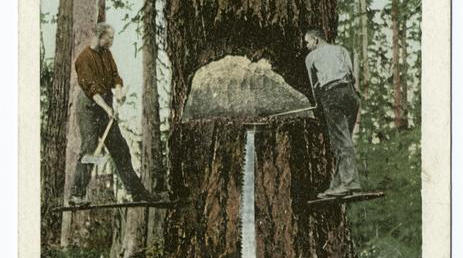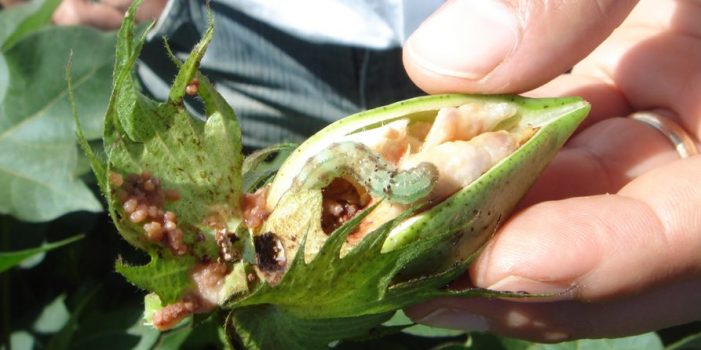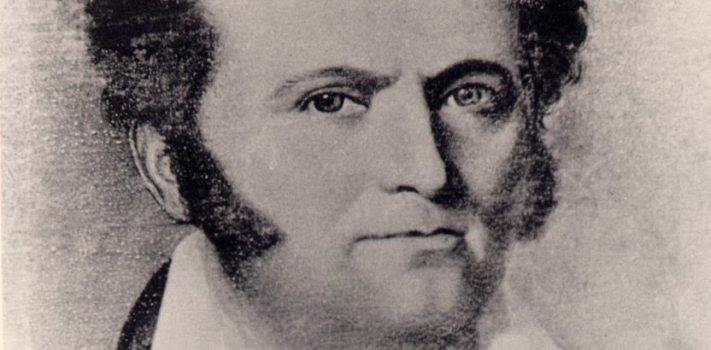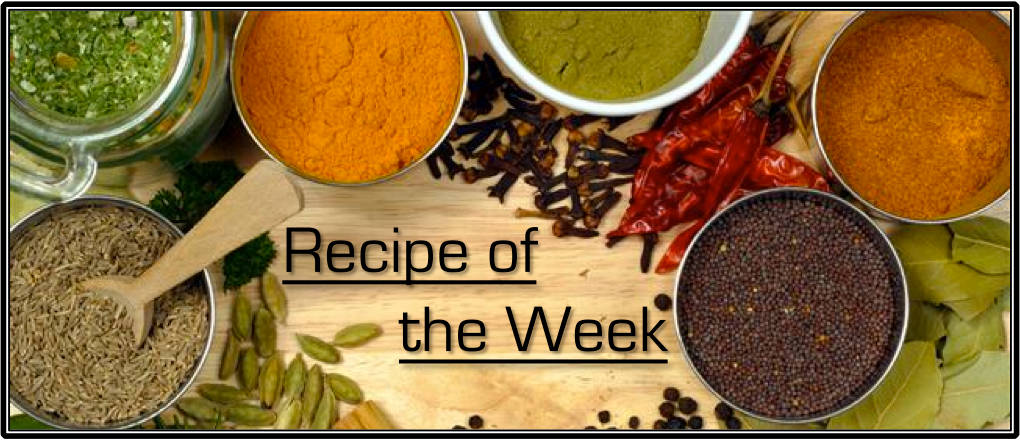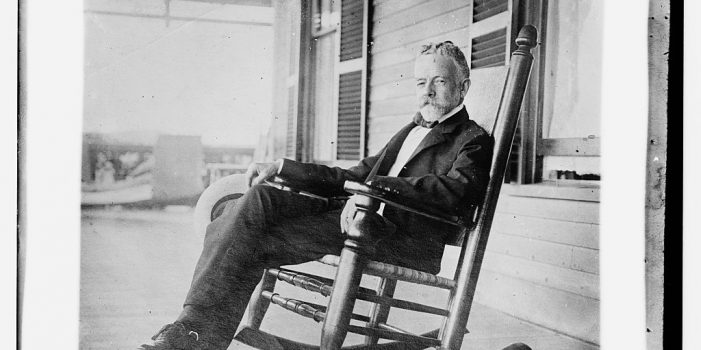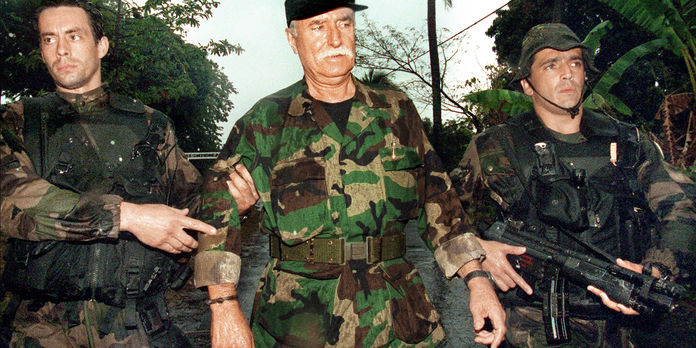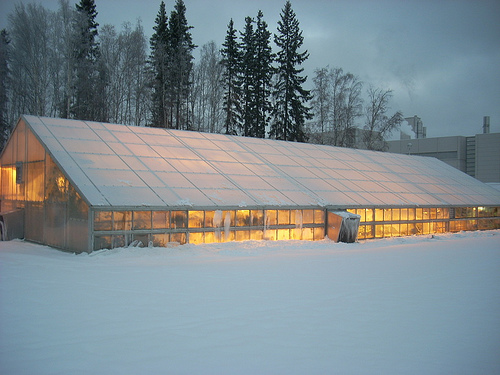To be prepared for a crisis, every Prepper must establish goals and make long-term and short-term plans. Steadily, we work on meeting our prepping goals. In this column, the SurvivalBlog editors review their week’s prep activities. They also often share their planned prep activities for the coming week. These range from healthcare and gear purchases to gardening, property improvements, and food storage. This is something akin to our Retreat Owner Profiles, but written incrementally and in detail, throughout the year. We always welcome you to share your own successes and wisdom in the Comments. Let’s keep busy and be ready!
JWR
Dear SurvivalBlog Readers,
The weather took an unexpected cold turn and plunged the northern part of the American Redoubt back into a round of spring snow showers. This week, in all, we’ve had nearly three inches of snow. If this weather pattern keeps up much longer we may need to go down the road and buy some storage hay. That would be storage hay from last year’s crop, at an inflated price. It would be sad and frustrating to pay a premium price for 10 month old hay with reduced nutritional value. Arrrgh!
My main prepping tasks this week were some reorganizing in our garage and down in JASBORR. I also ran the GhostGunner milling machine a few times, cranking out some more AR-15 lowers. My goal is to have several extra lowers for each member of my immediate family. In recent weeks I’ve also been busy mail-ordering complete upper receiver groups, Lower Parts Kits (“LPKs”), and full capacity magazines so that our family will have everything we need, in the event of another Federal ban. I’ve found many of these items on my favorite gun board, called The FALFiles Marketplace. It is a great group of shooters with a fraternal spirit who are mostly congenial, knowledgeable, and helpful. Thankfully many of them like to swap, and a few of them will take payment in Bitcoin.
Avalanche Lily Reports:
This week, in addition to all of the animal and gardening chores, I reorganized and our collection of gardening seeds. Most of them are heirloom varieties. I now have nearly all of them stored in a large opaque plastic bin. This will hopefully protect them from any sunlight degradation. Most of the seeds were well-marked by variety and year, but there were a few containers of “mystery seeds”. Some of those might be planted just to see what comes up. (Don’t worry, we don’t store any Amaranth seeds!)
Please continue to post comments about your own preps.
Thanks, – Jim Rawles and Avalanche Lily, Rawles
Continue reading“Editors’ Prepping Progress”

